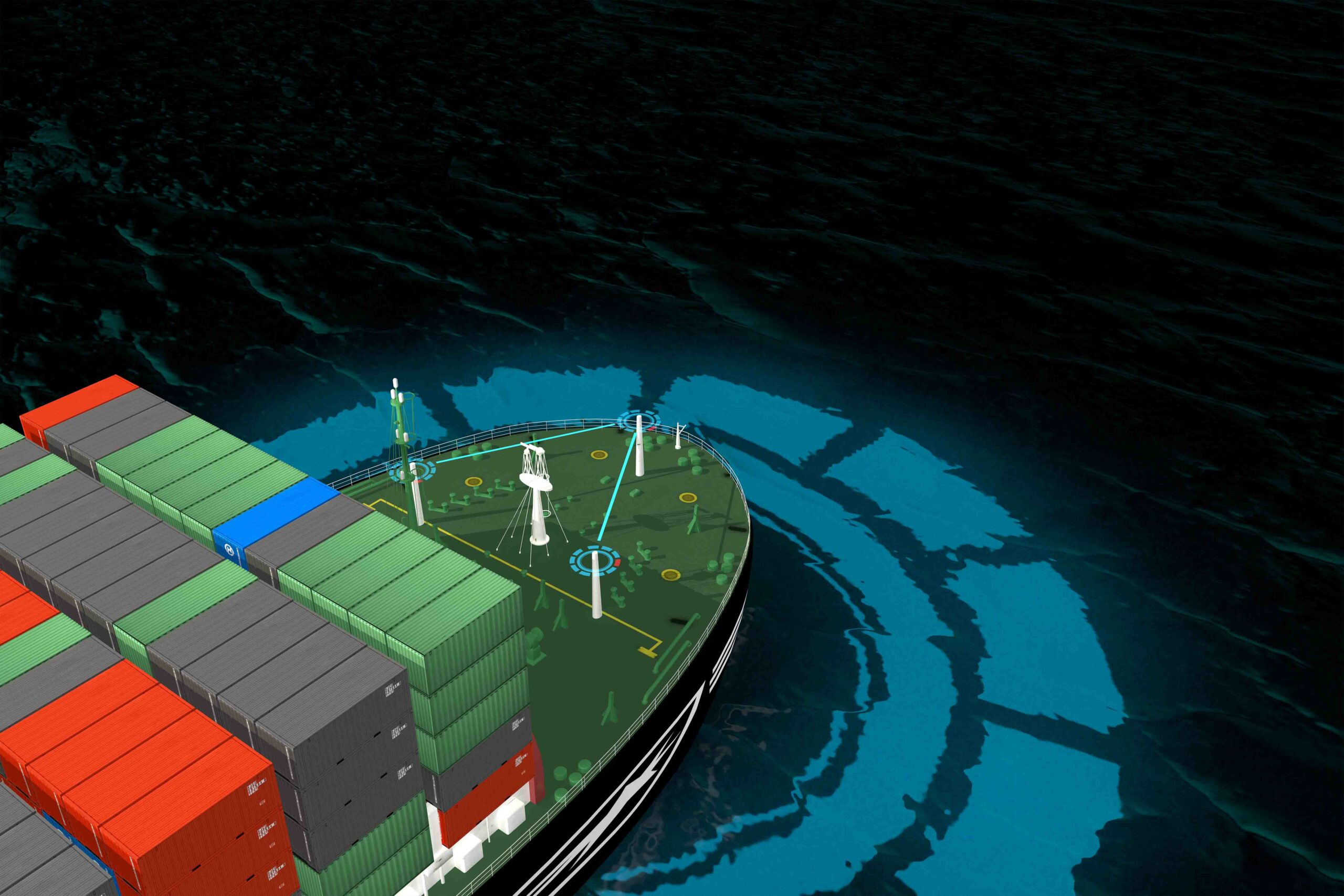Have we asked ourselves this question recently? When the idea of the autonomous ship was first brought to market, there were many sceptics, and many raised the question: Is the autonomous ship the answer to our future transport demands at sea? The question was replied to with a huge “YES!” by the manufacturers behind the idea. But is it still the case? Years have passed, and we have become wiser. We have learned from the mistakes made, the challenges in designing autonomous ship systems with no human backup and the huge transformation required in terms of legislation, infrastructure, etc. to cope with the autonomous ship.
I had the privilege to head a team of experts in one of the leading maritime manufacturers to define the future autonomous vessel and the derived AI driven systems, and I can tell you, it was not an easy task. Being involved in the innovation work of another major manufacturer, I had the opportunity to meet with maritime authorities, accident investigation bureaus, training academies, etc. and discuss the future of merchant marine. Although many of these authorities, NGOs and IGOs had embraced the autonomous ship, they had not really realised, what impact it will make to maintaining safety at sea and safe navigation and ensuring a suitable fall back, when technology fails.
Improvement is limited by legacy
However, my experience from working more than 20 years in the maritime industry has taught me, that we are limited by legacy. We try to create a new very different ship type and ship operation, while the starting point is still the same as for the conventional vessel. We try to create this controversial ship type and operation, and we use the same mould, as if it was a conventional vessel. We see the same happening in the auto industry, and they are still struggling to create the autonomous car, which should be an easier task. To be successful in creating the autonomous ship we have to totally re-think and re-design the ship, and along with that infrastructure, legislation and operational environment.
But it will come with a cost. When we succeed, we can harvest the benefits of less operational costs and increased safety based on the assumption, that eliminating the human factor increases safety. However, by eliminating the human factor, we also eliminate the human intervention. Putting a remote operator in the place of the onboard crew may not provide the same human backup. I have not given up on the idea, but….
Reinventing the classic merchant ship
While the race towards the autonomous ship continues, we have kind of given up on making huge development leaps of the conventional manned ship, which is a pity. As ship systems grows more and more intelligent, we could pursue the challenge of creating the manned intelligent vessel as a first step, and it may prove to replace the need for the autonomous ship. Anyway, it is a more sustainable way towards the creation of the autonomous ship, I believe, and it will teach us to walk before running.
By totally thinking out of the box and challenging the conventional system design and user interface, which is ruled by conservative performance standards, we should allow the experiment to reinvent the merchant ship and use all the unconventional technologies available despite current legislation. I see new ground-breaking user interfaces, which totally changes the interaction between man and machine.
The principles of the virtual ship break down unnecessary silos and bring symbiosis and synergies to the table amongst on board and on shore ship systems. Adding machine learning and AI to the technology, we may be able to create totally new ship types with a new way of operation, which can provide more cost efficient operation and improved safety, because we still have the person with the hand on the wheel, if something goes wrong.
The intelligent virtual ship is not a competitor to the autonomous ship, but a step towards it. It will take courage to follow this path and it will require a total rethink of the ship. The question is, are we able to give up on legacy and traditions, or will we stick to the conventional approach when designing the autonomous ship? The answer to this question also answers the question in the headline of this article.
Copyright by Mads Friis Sørensen, M/S MARTA – MARitime Technology Advising


